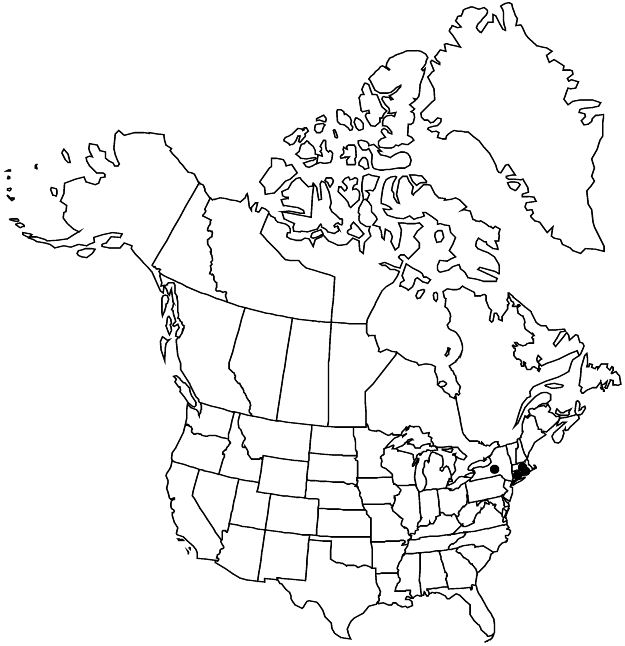Crocanthemum dumosum
Bull. Torrey Bot. Club 40: 613. 1913.
Herbs, cespitose, sometimes moundlike. Stems ascending to divergent, usually red-tinged, 10–20(–30) cm, stellate-pubescent. Leaves cauline; petiole 1–2 mm; blade usually elliptic, rarely oblanceolate, 10–20(–26) × 3–7(–10) mm, tapered to base, apex acute, surfaces stellate-tomentose and with simple hairs abaxially, dull, stellate-pubescent and with simple and, sometimes, glandular hairs adaxially, lateral veins raised abaxially. Inflorescences terminal or subterminal, cymes; chasmogamous flowers 1–3 per cyme, cleistogamous 1(–2) per glomerule, on lateral leafy branches 6–18 cm, flowering 1–3 months later than chasmogamous. Pedicels 2.4–6 mm, with stellate, simple, and glandular hairs; bracts absent. Chasmogamous flowers: outer sepals lanceolate, 2–6 × 0.8–3 mm, inner sepals 7–10 × 4—-6.5 mm, apex acute; petals obovate, 8–15 × 5–13 mm; capsules 4–7 × 3–4 mm, glabrous. Cleistogamous flowers: outer sepals rudimentary, knoblike to triangular and acute, 0.4–1 × 0.3–0.6 mm, inner sepals ovate, 3–6 × 2.5–3.2 mm, apex acute; capsules 3.2–4.5 × 2.5–3.2 mm, glabrous.
Phenology: Flowering late May–Jun.
Habitat: Sandplain grasslands, maritime heathlands
Elevation: 0–50 m
Distribution

Conn., Mass., N.Y., R.I.
Discussion
Crocanthemum dumosum occurs in nine coastal counties. Crocanthemum dumosum and C. canadense are closely related; the former inhabits specialized, maritime environments. They can be distinguished in the field by the ascending or divaricate, relatively numerous stems of C. dumosum, often giving it a bushy aspect (versus erect, single or relatively few stems, and nonbushy); leaf surfaces dull under dense stellate hairs in C. dumosum (versus lustrous under sparser stellate hairs). Identification of occasional plants may be equivocal; those are a small minority.
Using AFLP markers, S. G. Obae et al. (2013) found that Crocanthemum dumosum nested within the same cluster as C. canadense. The authors “recommend that it be considered as a subspecific variant of C. canadense,” but did not make a new combination. Additional molecular work warranted to solidify their findings.
Selected References
None.